“If you see a fraud and do not say a fraud, you are a fraud”-Nassim Taleb.
Lies, deceit, fraud, celebrities, lobbying, money laundering, hacking, and a disgraced couple on the run; well, this appears candidly out of a blockbuster Hollywood entertainer.
Yes, ladies and gentlemen, this is the story of FTX and largely of the crypto world, which was once glorified as “revolutionary” and is now saddled with gruesome tales of subterfuge by the gang of Gen-Z conmen and grifters.
Let us dig in!
The Crypto Ponzi Structure And The FTX Saga!
The common notion is that banks create money out of thin air by doling out credit; similarly, in the crypto world, it’s easy to create money out of thin air by launching a token, keeping most of the supply within a few hands, including the founder and then pumping it using “client funds”.
The next step in this dubious financial scheme is the most bizarre, loading up leverage by offering the pumped token as collateral and further pumping it up using the borrowed funds. Ironically, the crypto bros who tout these tokens as a substitute to the fiat money give out the crypto as collateral to take in as much fiat as they can.
The crypto bros advocate that crypto is an alternative to the fiat world, but they depend on fiat money to survive.
The next logical step is to slowly dump the token when the liquidity is at its pinnacle. Unfortunately, when the liquidity dries up and the Ponzi can’t sustain, the world is “enlightened” with the news that the most prominent item on the balance sheet is the pumped token. Suddenly, everyone wants to dump when there is no buyer; thus, the story ends, and we fall off a cliff directly to the bankruptcy courts.
The most significant issue in the crypto world is that it lacks the fundamental prerequisite of the finance world: “Cash Flow”.
An asset must be backed by cash flows to have value and attract flows. Bonds, stocks, or any other commodity, if not have a cash flow, then create a value as is the case with commodities and precious metals.
The other prominent challenge the crypto universe faces is that it is virtually impossible to trade a token until it is deposited into a brokerage account. And there lies the opportunity for the grifters.
“Once a customer has deposited a token with an exchange, he/she doesn’t own the asset directly but rather has a claim on the asset which is backed by the general pool of assets of the institution holding it.”
As a result, in light of a hack or bankruptcy, there is no way that a customer can recover the token.
Thus, the crypto world has inherent flaws, and fraudsters effectively exploited these loopholes to deceive the general public, pension funds, hedge funds and other institutions.
When we turn to the FTX saga, I was in absolute awe when I read the bankruptcy declaration by the newly appointed CEO John J. Ray III.
Note: Excellent Twitter Thread on the FTX saga!
Adam Cochran (adamscochran.eth) on Twitter: "1/82I'll be pinning this detailed timeline, as my final piece covering this topic, as now the case is closed in my mind.This was a crime plain and simple and I'll put no more wind in this criminals sails:FTX: Meltdown.The definitive and chronological thread. / Twitter"
1/82I'll be pinning this detailed timeline, as my final piece covering this topic, as now the case is closed in my mind.This was a crime plain and simple and I'll put no more wind in this criminals sails:FTX: Meltdown.The definitive and chronological thread.
Furthermore, as I waited for the list of top 20 creditors to start writing this newsletter, I was dumbfounded to learn that FTX reported the list of creditors while holding their names anonymous.
Nevertheless, here are some “shocking” excerpts from the Bankruptcy filing that you can’t miss:
- Many of the companies in the FTX Group, especially those organized in Antigua and the Bahamas, did not have appropriate corporate governance. I understand that many entities, for example, never had board meetings.
- The FTX Group did not maintain centralized control of its cash. Cash management procedural failures included the absence of an accurate list of bank accounts and account signatories, as well as insufficient attention to the creditworthiness of banking partners around the world.
- For example, employees of the FTX Group submitted payment requests through an on-line ‘chat’ platform where a disparate group of supervisors approved disbursements by responding with personalized emojis.
- The Debtors have not yet been able to locate any audited financial statements with respect to the Alameda Silo or the Ventures Silo.
- At this time, the Debtors have been unable to prepare a complete list of who worked for the FTX Group as of the Petition Date, or the terms of their employment.
There were no auditors, internal processes, enormous related-party transactions, no board meetings, and no audited financial statements. Yes, this was the condition of a group valued at $32 billion ten months back, which raised billions from the who’s who of the VC industry and Pension Funds.
The Alameda Balance Sheet indicates that more than $4 billion of related-party loans were doled out to SBF and his entities. Most probably, these were the customer funds that will be impossible to recover as SBF remains a fugitive absconding from the land of law.
So, is generating a turnover of $10 billion daily by trading crypto (most likely wash trading on your own coins) the only metric that the so-called “smart” money scrutinises? Is there no place for due diligence when the money is virtually available for free?
It looks like it’s the case that transpired in the crypto world post the gargantuan fiscal and monetary stimulus.
As per the Financial Times, Sam Bankman-Fried’s main international FTX exchange held just $900mn in easily sellable assets against $9bn of liabilities the day before it collapsed into bankruptcy.
The company’s biggest asset as of Thursday was $2.2bn worth of a cryptocurrency called Serum.
Source: Visual Capitalist
When we dig in further, we find that the majority of assets that FTX holds were in its own “illiquid” tokens, which were pumped using customer funds. The markdown in illiquid assets within 24 hours post a tweet by CZ (Binance owner) was quite stark, as the drawdown in these tokens exceeded $ 9 billion, exposing the vulnerability of the crypto universe.
Source: FT
Furthermore, since most of the FTX assets were illiquid, the assets will entail a higher discount when the recovery process is initiated. Thus, there is a grave possibility that creditors will receive a fraction of their outstanding amount.
Within hours of declaring bankruptcy, SBF took refuge in a tiny island nation: the Bahamas, and what followed was the most comical event of this century.
The event that will be recorded in history books as the most unimaginable event: “When a sovereign country (Bahaman) orders a conman who allegedly is on the run after the allegations of a massive fraud to hack into its own company and transfer “customer assets” to the sovereign government.”
Isn’t it too good to be true?
Well, nothing is impossible in the Crypto World, it seems.
The Contagion: Dominos Yet To Unfold?
When the dramatic collapse of FTX unfolded, the question on everyone’s mind was, who’s next?
The immediate domino effect ensued among those entities which traded significantly on the FTX platform or were directly associated with FTX (were creditors). When we see the events that transpired, BlockFi was the first to pausewithdrawals. Another casualty was crypto.com which was already rumoured to be facing significant stress post the 3AC and Voyager collapse.
The contagion continues to spread swiftly, and the biggest shock that the crypto and, specifically, the DeFi community will face will be the fall of Genesis.
Genesis, whose biggest debtors were the 3AC and Alameda, has already halted “abnormal withdrawals.”
The failure of Genesis will cause significant ripple effects as Genesis is owned by DCG, an FTX investor, who also owns Grayscale Investments, the owner of Grayscale Bitcoin Trust (GBTC). As per reports, DCG owes Genesis $1 billion, and the information was concealed from the investors.
At current BTC prices, GBTC trust holds more than $10 billion worth of BTC (3.3% of the total supply), and any event that leads to the liquidation of such a large quantity of BTC might result in a tremendous fall in BTC prices and can even lead to a capitulation by investors.
Lately, the discount that GBTC trades to BTC has risen to 46%, and there are apprehensions among market participants that GTBC is engaged in malpractices and doesn’t hold the disclosed BTC. (A fantastic read for those who want to dig deeper- “3AC, DCG & Amazing Coincidences.”)
Another company that is closely associated with GBTC and has been under severe stress is Coinbase. In a shocking move, Coinbase recently lowered the deposit rate to 0%! On the other hand, Coinbase 2028 bonds are trading at a considerable discount and are now yielding 16% (YTM).
So we have a very valid question, and guys, you select which option you will choose!
Bitfinex'ed 🔥🐧 Alldafuda Research on Twitter: "Fun Fact: If you have $10,000 at Coinbase, you get 0% interest and if Coinbase goes bankrupt, you're probably last in line to get paid.You can buy $10,000 of Coinbase junk debt for $5,400, and hold it for six years and if Coinbase doesn't blow up, you earn a 16% yield! https://t.co/qmfgnKD5yL / Twitter"
Fun Fact: If you have $10,000 at Coinbase, you get 0% interest and if Coinbase goes bankrupt, you're probably last in line to get paid.You can buy $10,000 of Coinbase junk debt for $5,400, and hold it for six years and if Coinbase doesn't blow up, you earn a 16% yield!
The next in line, which the contagion could adversely impact the crypto space, is Tether. Many market participants have raised questions about Tether’s investments and its routine rejection to get its reserves audited.
One should read the brilliant piece by Concoda on Tether: “The Tether Ultimatum.”
Tether after the June Mayhem, which saw 3AC and Voyager collapse, witnessed significant outflows to the tune of $18 billion.
Undoubtedly, the contagion has just started, and unless the whole leveraged trade unwinds, the dominos will continue to fall.
Conclusion!
News has emerged that FTX donated millions of dollars to the Biden Government to draft legislation in their favour so that they can bend the rules and conquer the crypto industry by beating the top player Binance; the rot seems to be much more profound than people anticipate.
The crypto world urgently needs regulation so that the current fiasco isn’t repeated and blockchain innovation successfully transforms the world.
Furthermore, the retail investor should remember that until an investor transacts with an entity (lending, borrowing, depositing) under regulatory supervision, one has a margin of safety such as FDIC Insurance for your deposits, prospects of recovery in the bankruptcy courts etc.
However, when you step into the dreadful world of unregulated finance, you have a cent per cent probability of losing your hard-earned money as the unregulated world is a congregation of people with questionable character and intent.
Subscribe to DDIntel Here.
Visit our website here: https://www.datadriveninvestor.com
Join our network here: https://datadriveninvestor.com/collaborate
DDI Stainless Steel Water Bottle
House Of Cards! was originally published in DataDrivenInvestor on Medium, where people are continuing the conversation by highlighting and responding to this story.
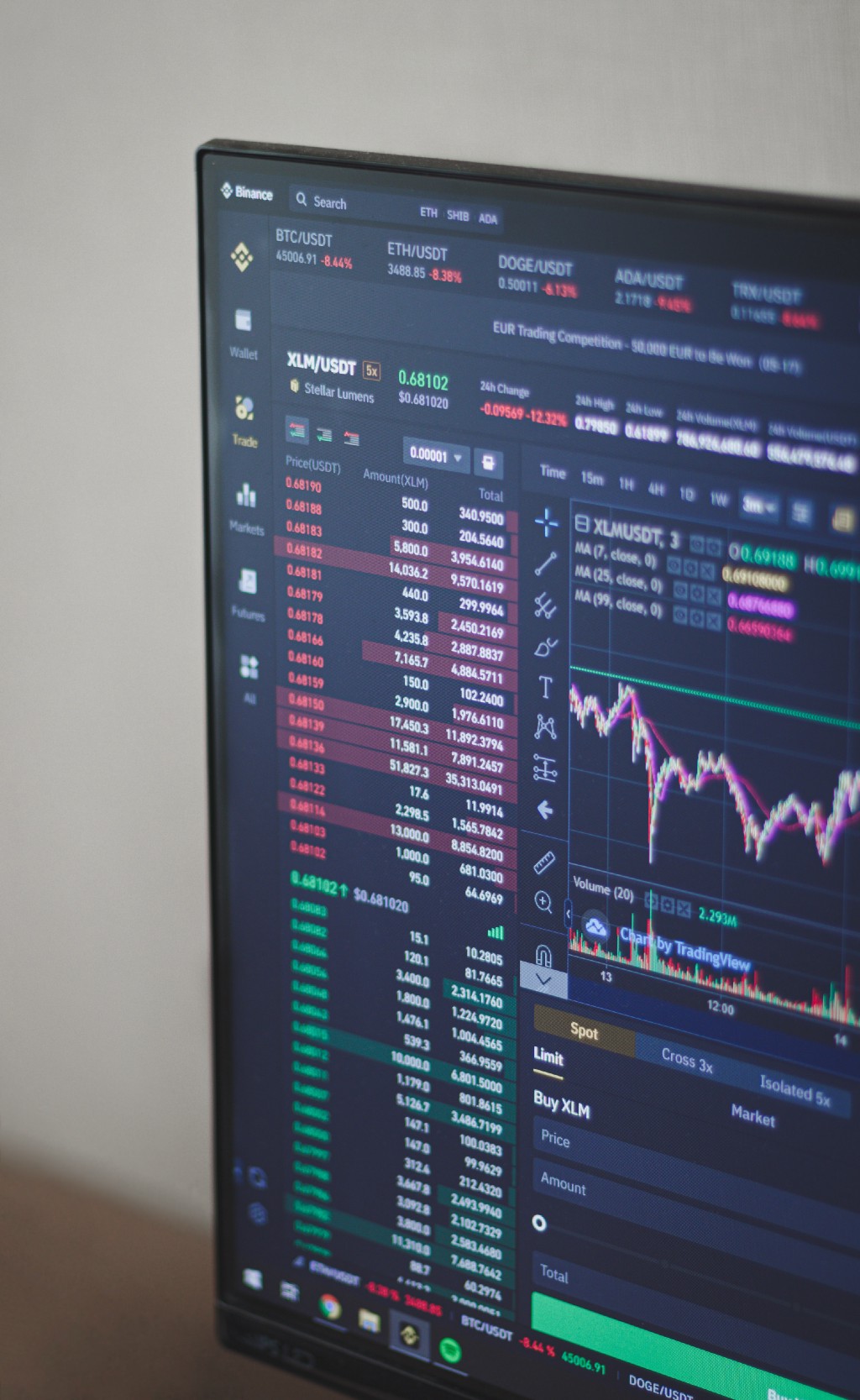
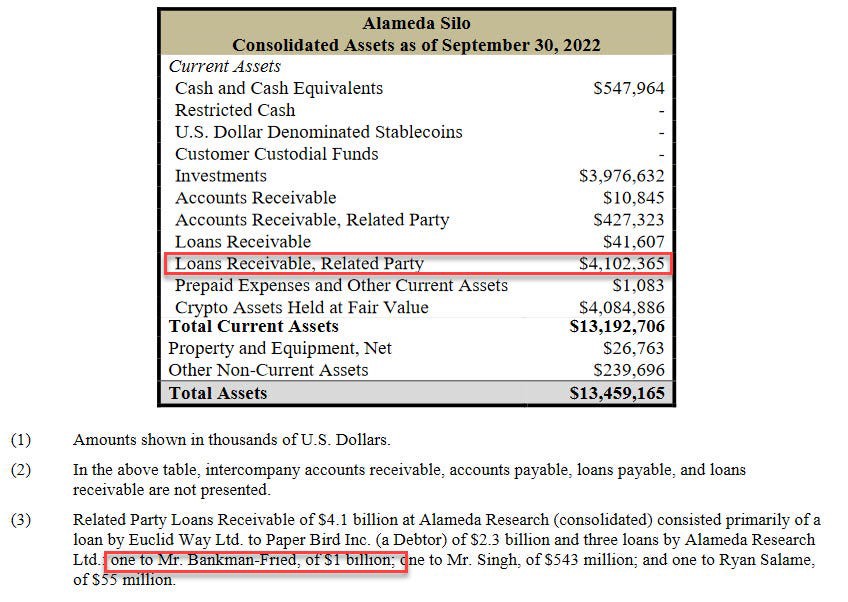
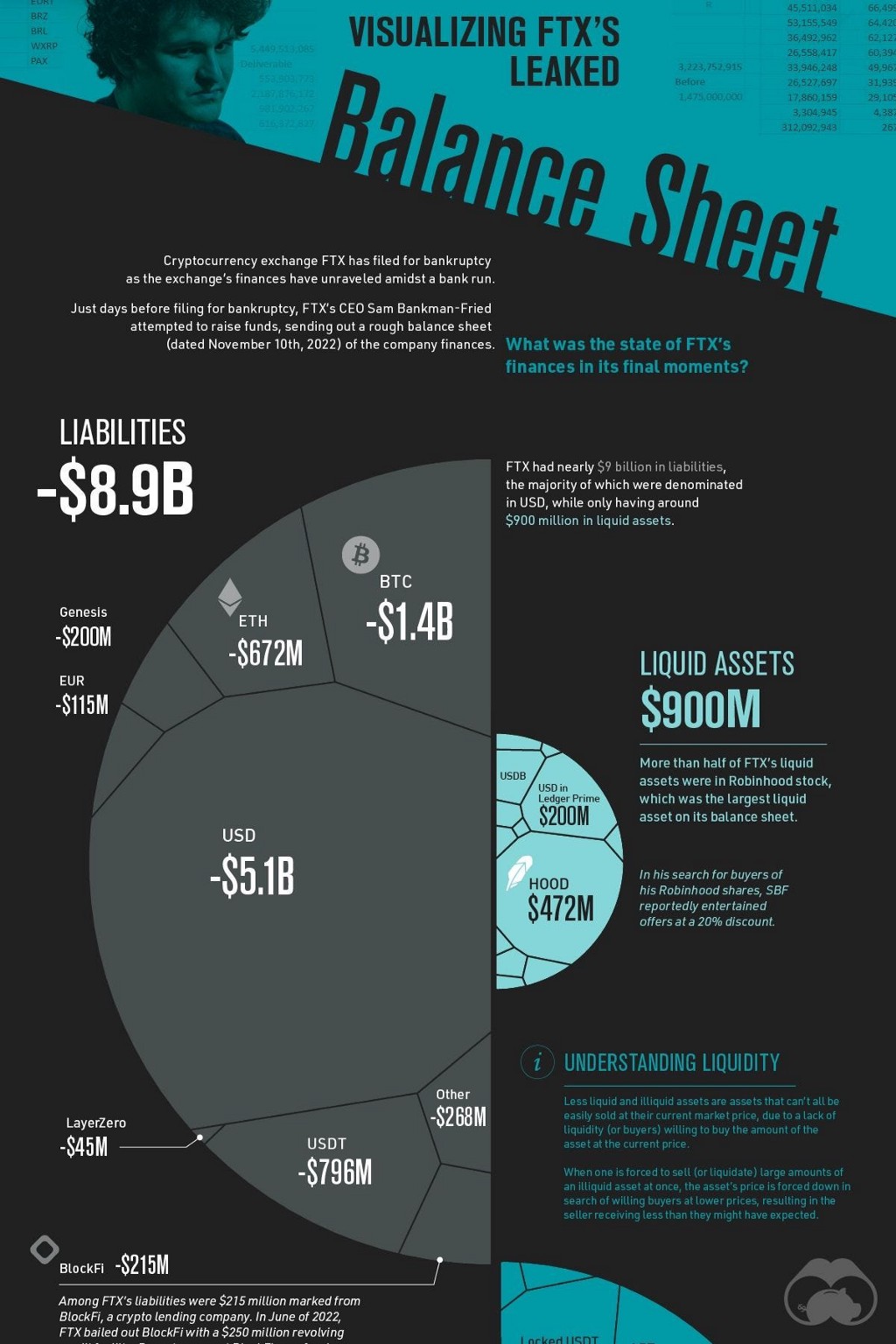
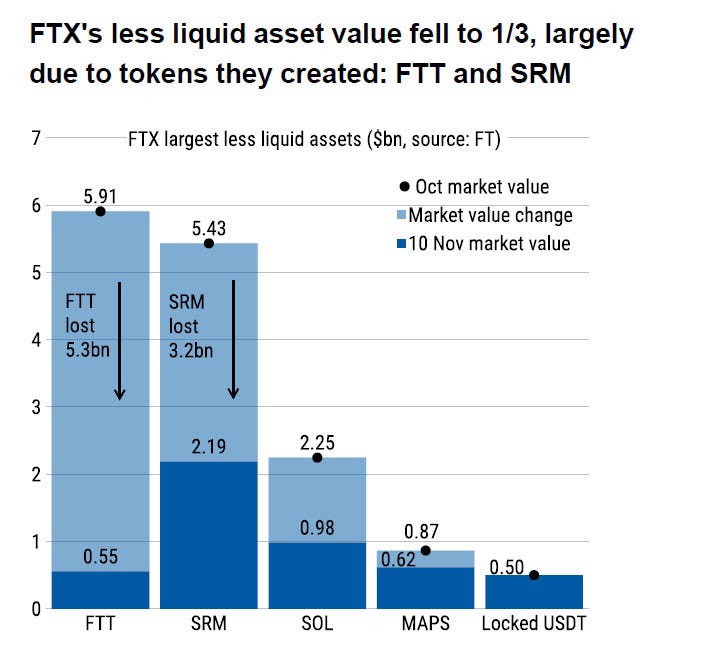
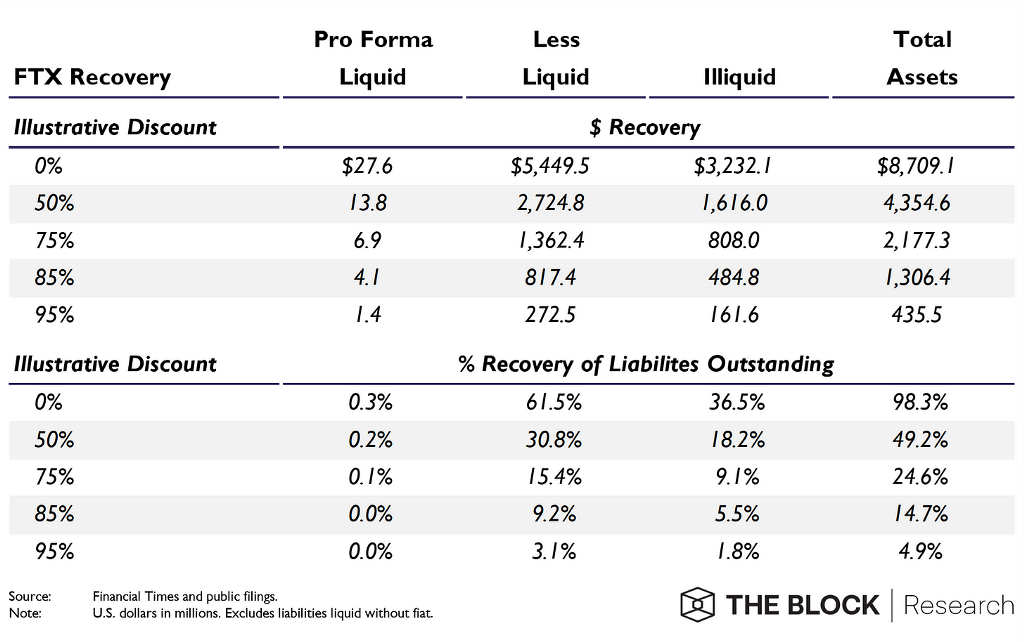
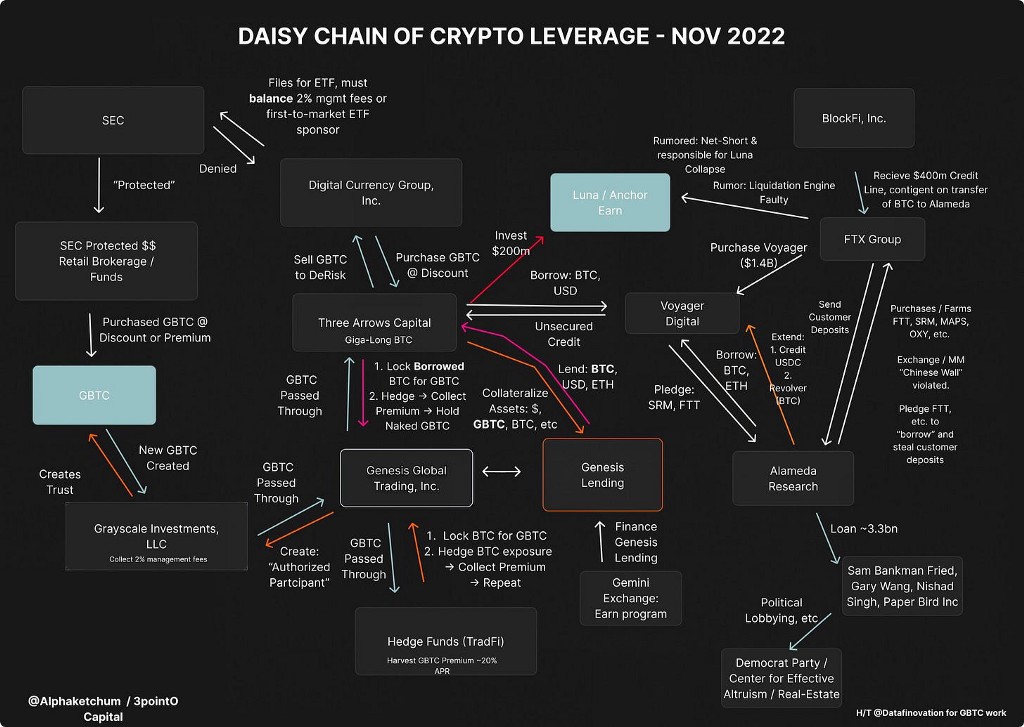
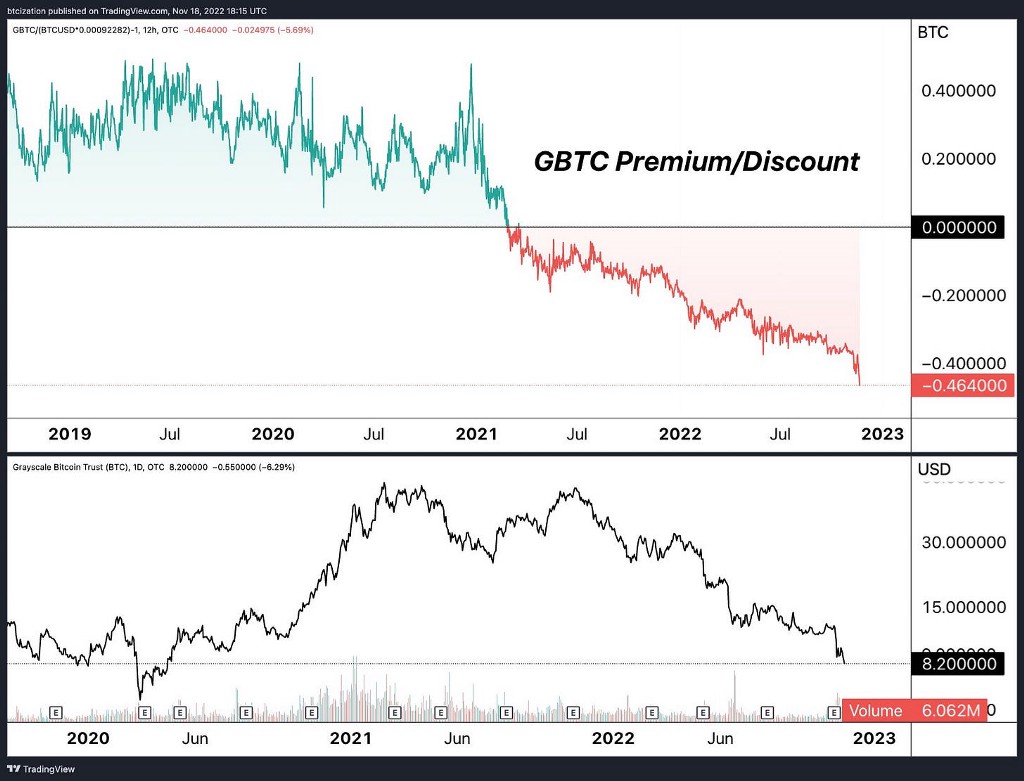
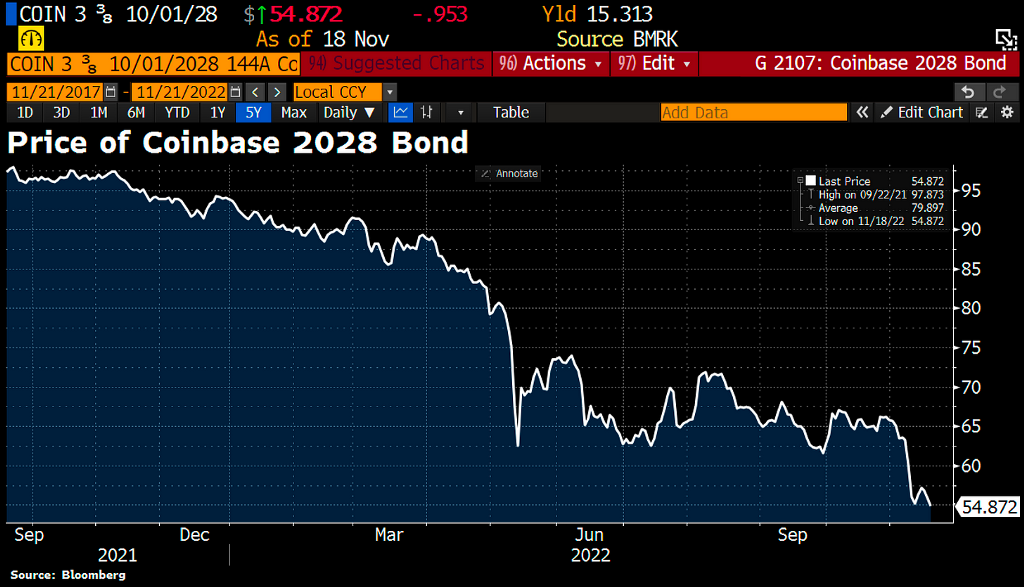
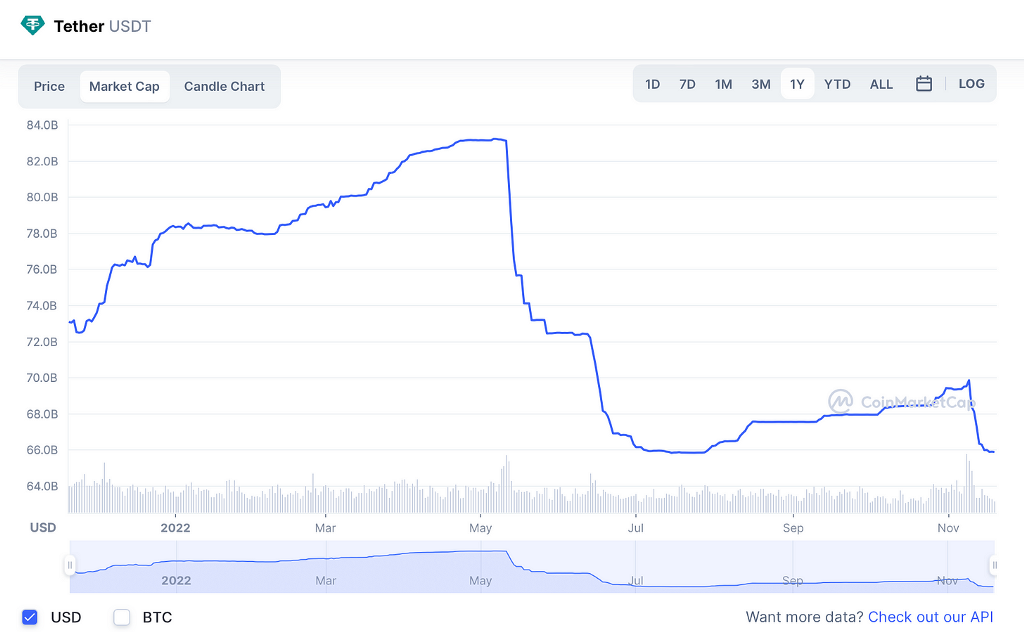
Comments